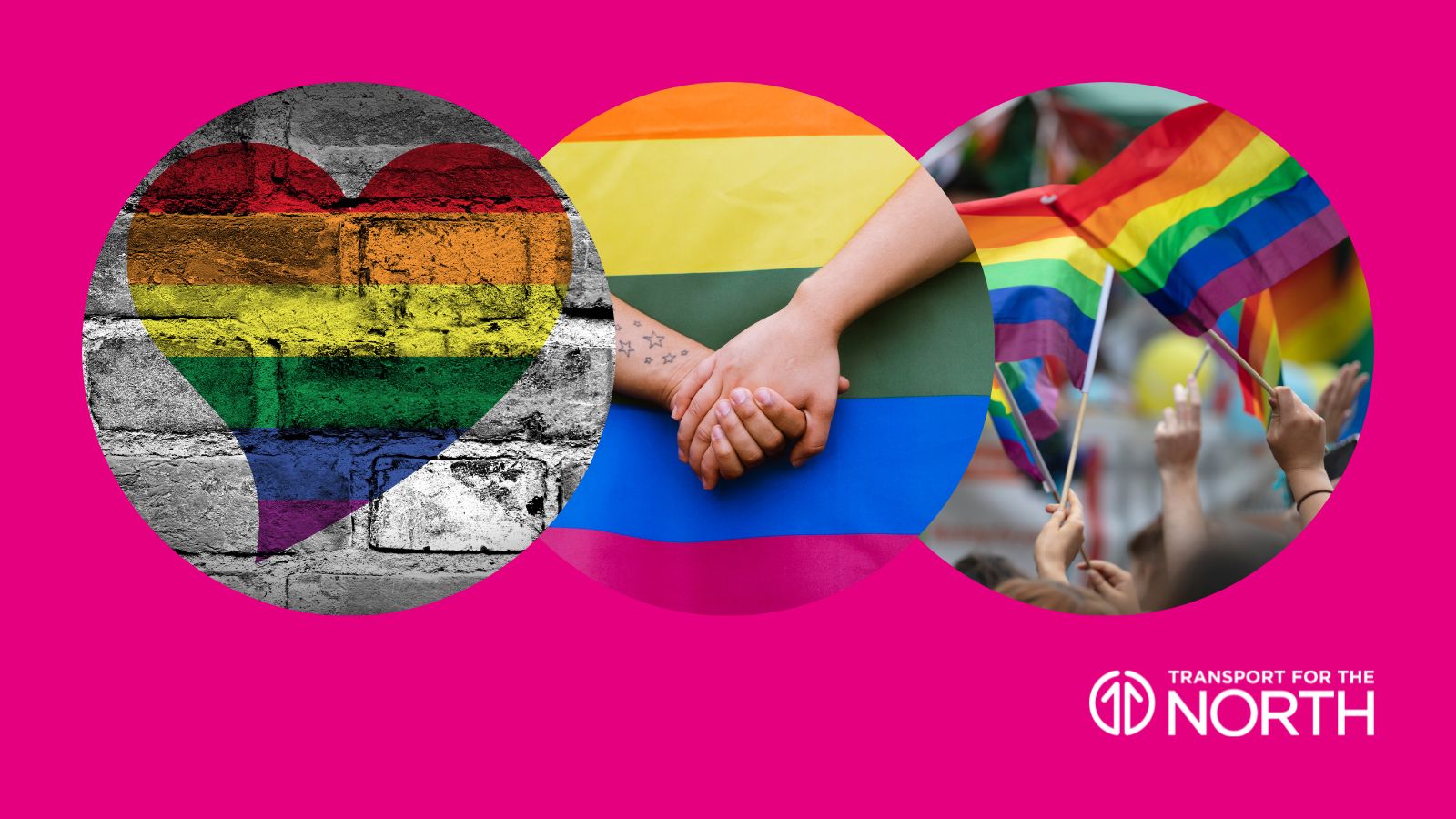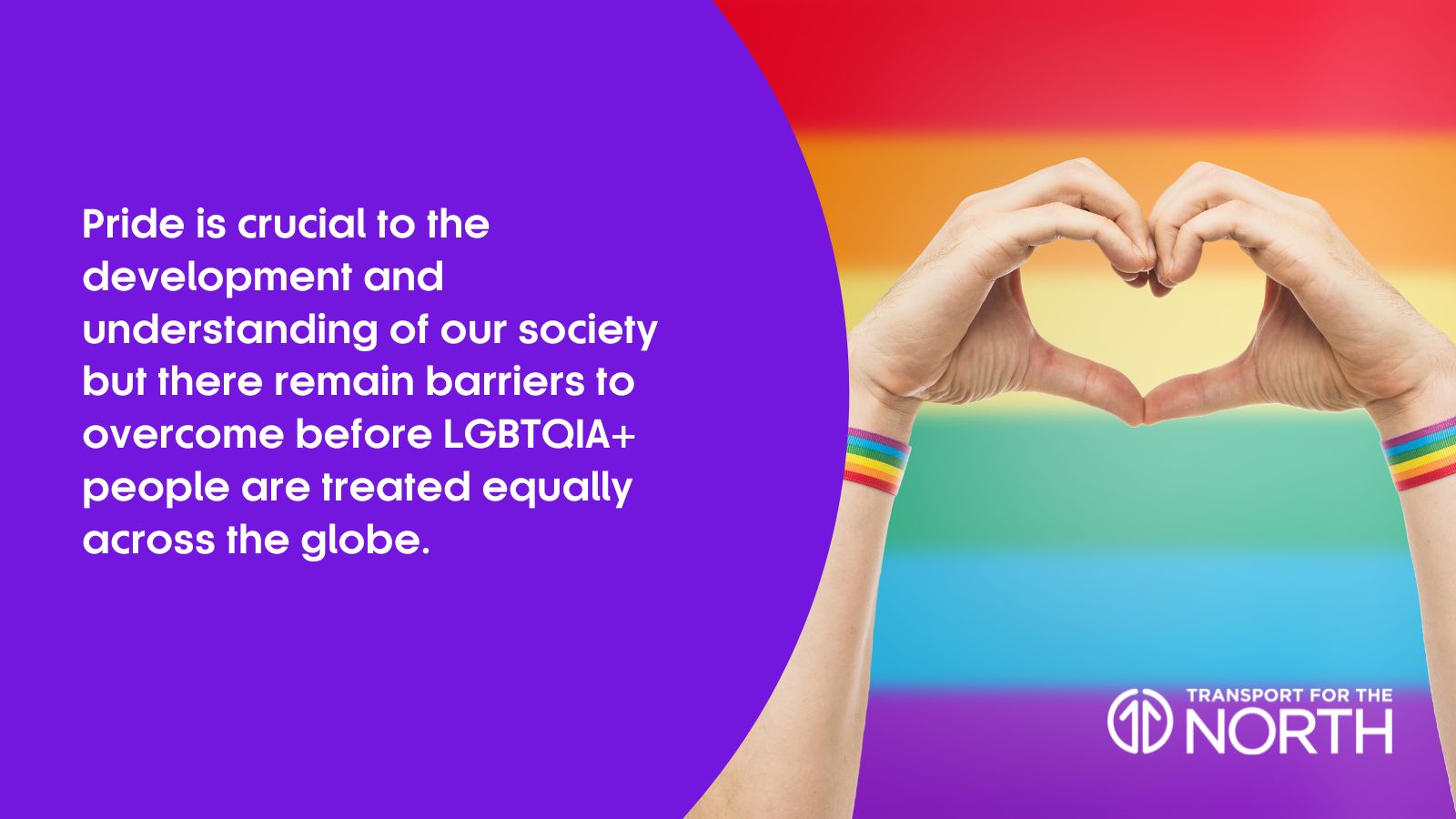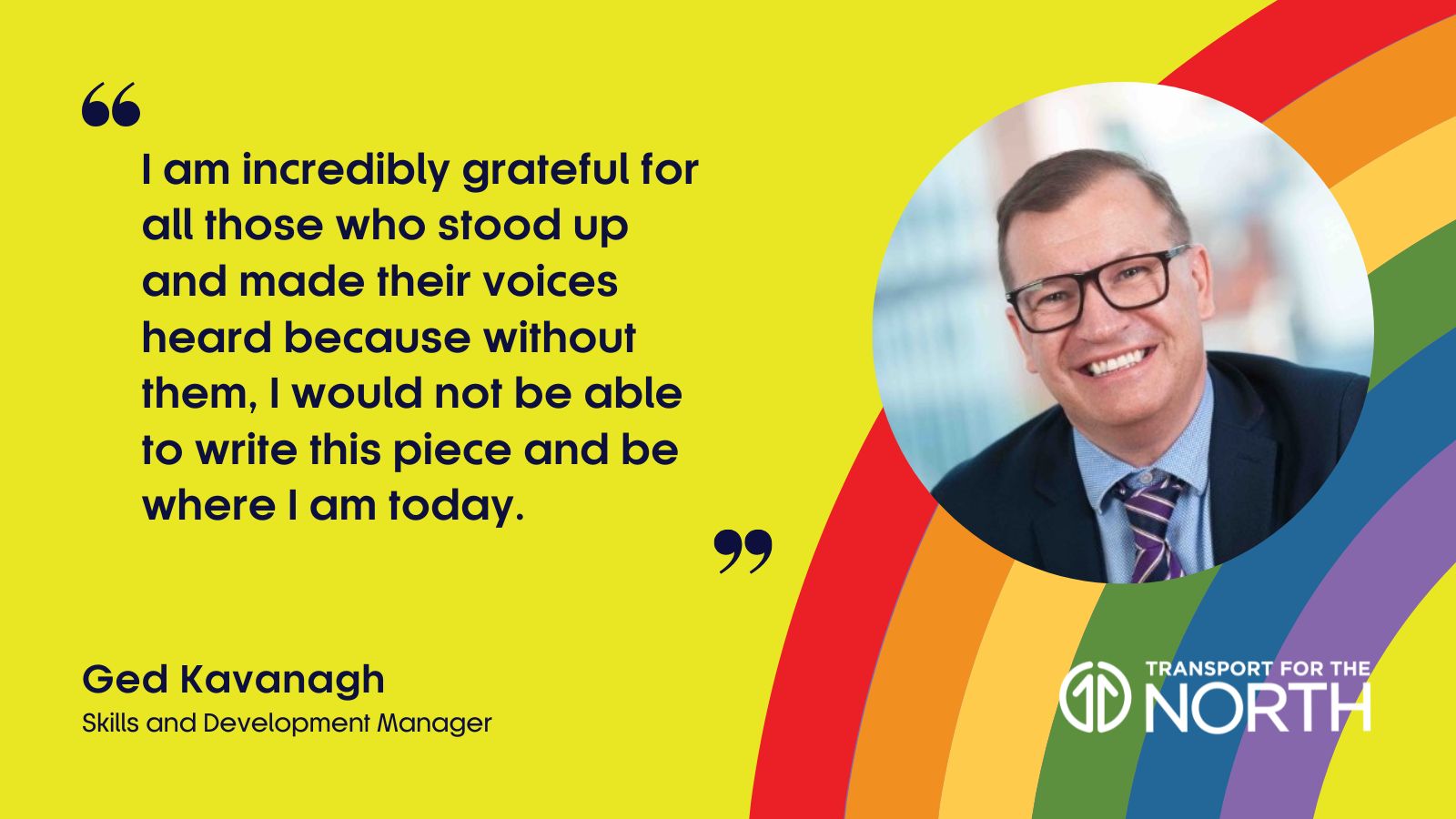Our Skills and Development Manager, Ged Kavanagh, discusses the history of Pride Month, and what it means to him
June – the start of longer days, ‘warmer’ weather, and picnics in the park. A time when you can generally feel joy in the atmosphere and amongst people.
It is also a month-long celebration of gender non-conformity and freedom of sexuality for marginalised communities – Pride Month. Even though it is a hugely exciting and important event, it struck me that not everyone knows the history behind the celebration and that Pride can be viewed as a reminder of the fact it takes action to drive progress.
So, I thought I would share why Pride is such an important occasion for lesbian, gay, bisexual, transgender, queer (or questioning), intersex, and asexual community (LGBTQIA+), how it started, and why we still celebrate it today. I also wanted to talk about my own journey.
Did you know Pride 2022 marks the fiftieth anniversary of the first official UK Gay Pride Rally held in London? We have come a long way, but we still have further to go in the fight for equality and the freedom to exist as our authentic selves.

‘Pride’ has a powerful meaning to those who connect with the community and the movement. This article describes it being about “promoting the equality, self-affirmation, and visibility of LGBTQIA+ people”, by creating a community and safe space for people to be who they are.
The word ‘Pride’ in this sense was first used by Brenda Howard, a woman described as the ‘Mother of Pride’. She was the organiser of the first Pride parade in the wake of the Stonewall Inn riots.
The term has become meaningful to people across the world ever since – where it stands as a powerful statement and encourages everyone associated with the cause to speak up proudly.
The first Pride event took place in London in July 1972, with about 2,000 people taking part. It was created as a response to the Stonewall Riots that happened in New York, in 1969.
In the early hours of one June morning, there was a police raid at Stonewall Inn, a gay bar in Greenwich Village. It was one of a series of raids carried out by police at the time, with many people arrested for doing drag, wearing clothes opposite to their perceived gender, or not wearing enough items all together.

Since those dark days, more than half a century ago, the emergence of Pride has been responsible for a huge amount of positive change.
Pride is crucial to the development and understanding of our society but there remain barriers to overcome before LGBTQIA+ people are treated equally across the globe.
However, as this article highlights, there are many notable achievements and milestones that have been reached over the years. These legislative changes have been pushed forward by the activism of the community and represent some of the progress that has been made:

Personally, I am incredibly grateful for all those who stood up and made their voices heard because without them, I would not be able to write this piece and be where I am today.
Together with my loving partner for last 10 years, we have fostered children which has enriched our lives tremendously. The challenges these children have faced reminds me of the challenges I encountered at such an early age. When I was younger there was nowhere to turn to for help or support and luckily that has changed now.
Pride In London 2022 is marching under the slogan #AllOurPride, seeking to celebrate the successes and acknowledge the challenges faced by the community.
However, unfortunately there is still prejudice in society and that is why I must remind myself even though I am non-active in the gay community, I must reflect, support and rejoice about how the Pride movement is still working towards the rights of LGBTQIA+ people for the future.